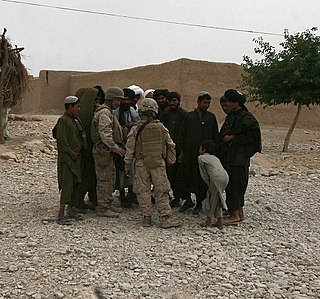
Military intelligence is a military discipline that uses information collection and analysis approaches to provide guidance and direction to assist commanders in their decisions. This aim is achieved by providing an assessment of data from a range of sources, directed towards the commanders' mission requirements or responding to questions as part of operational or campaign planning. To provide an analysis, the commander's information requirements are first identified, which are then incorporated into intelligence collection, analysis, and dissemination.

The United States Army Special Forces (SF), colloquially known as the "Green Berets" due to their distinctive service headgear, is the special operations branch of the United States Army. Although technically an Army branch, the Special Forces operates similarly to a functional area (FA), in that individuals may not join its ranks until having served in another Army branch.

The Special Forces Tab is a service school qualification tab of the United States Army, awarded to any soldier completing the Special Forces Qualification Course at the U.S. Army John F. Kennedy Special Warfare Center and School, Fort Liberty, North Carolina. Soldiers who are awarded the Special Forces Tab are authorized to wear it, as well as the green beret for the remainder of their military careers, even when not serving in a Special Forces command.

The Air Force Office of Special Investigations is a U.S. federal law enforcement agency that reports directly to the Secretary of the Air Force. OSI is also a U.S. Air Force field operating agency under the administrative guidance and oversight of the Inspector General of the Department of the Air Force. By federal statute, OSI provides independent criminal investigative, counterintelligence and protective service operations worldwide and outside of the traditional military chain of command. Proactively, OSI identifies, investigates, and neutralizes serious criminal, terrorist, and espionage threats to personnel and resources of the Air Force, Space Force, and the U.S. Department of Defense, thereby protecting the national security of the United States.

The United States Army Reserve (USAR) is a reserve force of the United States Army. Together, the Army Reserve and the Army National Guard constitute the Army element of the reserve components of the United States Armed Forces.
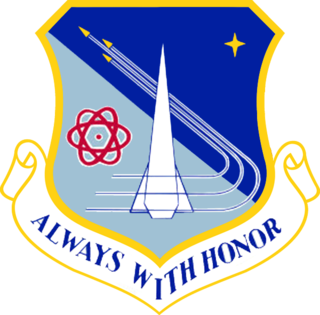
Officer Training School (OTS) is a United States Air Force and United States Space Force commissioning program located at Maxwell Air Force Base in Montgomery, Alabama.

Insignias and badges of the United States Navy are military badges issued by the United States Department of the Navy to naval service members who achieve certain qualifications and accomplishments while serving on both active and reserve duty in the United States Navy. Most naval aviation insignia are also permitted for wear on uniforms of the United States Marine Corps.

The Canadian Forces Military Police provide police, security and operational support services to the Canadian Armed Forces (CAF) and the Department of National Defence (DND) worldwide.

The United States Navy Reserve (USNR), known as the United States Naval Reserve from 1915 to 2005, is the Reserve Component (RC) of the United States Navy. Members of the Navy Reserve, called Reservists, are categorized as being in either the Selected Reserve (SELRES), the Training and Administration of the Reserve (TAR), the Individual Ready Reserve (IRR), or the Retired Reserve.
The Foreign Military Studies Office, or FMSO, is a research and analysis center for the United States Army that is part of the United States Army Combined Arms Center at Fort Leavenworth. It manages the Joint Reserve Intelligence Center there.

Lieutenant General Ronald Lee Burgess Jr., United States Army is a retired United States Army lieutenant general. His last military assignment was as the 17th director of the Defense Intelligence Agency and commander of the Joint Functional Component Command for Intelligence, Surveillance and Reconnaissance (JFCC-ISR). Prior to that, he was Director of the Intelligence Staff in the Office of the Director of National Intelligence.

The Military Intelligence Corps is the intelligence branch of the United States Army. The primary mission of military intelligence in the U.S. Army is to provide timely, relevant, accurate, and synchronized intelligence and electronic warfare support to tactical, operational and strategic-level commanders. The Army's intelligence components produce intelligence both for Army use and for sharing across the national intelligence community.
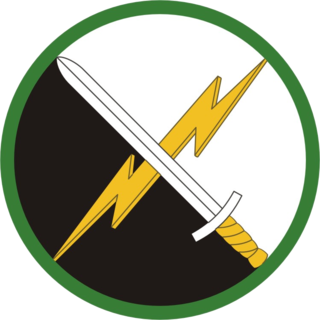
The 1st Information Operations Command (Land), formerly the Land Information Warfare Activity Information Dominance Center (LIWA/IDC), is an information operations unit under the operational control of U.S. Army Cyber Command (ARCYBER) and headquartered at Fort Belvoir, Virginia.

Special reconnaissance (SR) is conducted by small units, such as a recon team, made up of highly trained military personnel, usually from special forces units and/or military intelligence organizations. Special reconnaissance teams operate behind enemy lines, avoiding direct combat and detection by the enemy. As a role, SR is distinct from commando operations, but both are often carried out by the same units. The SR role frequently includes covert direction of airstrikes and indirect fire, in areas deep behind enemy lines, placement of remotely monitored sensors, and preparations for other special forces. Like other special forces, SR units may also carry out direct action and unconventional warfare, including guerrilla operations.
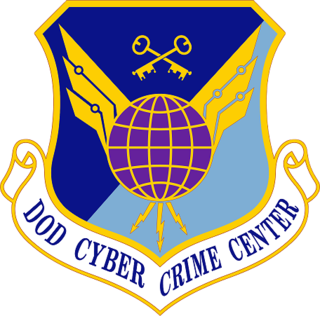
The Department of Defense Cyber Crime Center (DC3) is designated as a Federal Cyber Center by National Security Presidential Directive 54/Homeland Security Presidential Directive 23, as a Department of Defense (DoD) Center Of Excellence for Digital and Multimedia (D/MM) forensics by DoD Directive 5505.13E, and serves as the operational focal point for the Defense Industrial Base (DIB) Cybersecurity program. DC3 operates as a Field Operating Agency (FOA) under the Inspector General of the Department of the Air Force.

United States Army Counterintelligence (ACI) is the component of United States Army Military Intelligence which conducts counterintelligence activities to detect, identify, assess, counter, exploit and/or neutralize adversarial, foreign intelligence services, international terrorist organizations, and insider threats to the United States Army and U.S. Department of Defense (DoD).
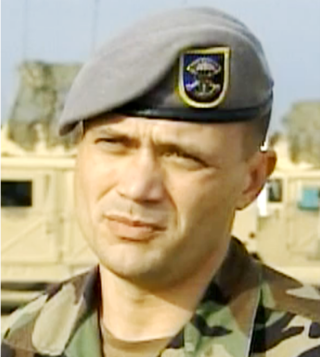
Staff Weather Officers (SWOs) are United States Air Force personnel tasked with providing tactical and operational meteorological support for conventional Army forces.
Robinson Maneuver Training Center, also known as Camp Joseph T. Robinson, is a 32,000 acres (13,000 ha) Arkansas Army National Guard installation located in North Little Rock, Pulaski County, Arkansas. It hosts the Joint Force Headquarters of the Arkansas National Guard, the Headquarters of the Arkansas Air National Guard, the Headquarters of the 77th Combat Aviation Brigade, the Headquarters of the 87th Troop Command, and the Camp Pike U.S. Armed Forces Reserve Complex. The installation is also home to three National Guard training centers: The National Guard Professional Education Center (PEC), the National Guard Marksmanship Training Center (NGMTC), and the 233d Regiment.

















